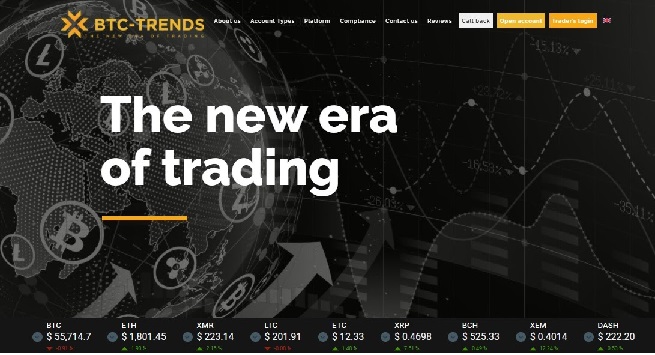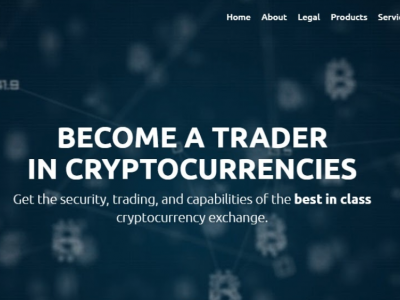Ethereum recovered from last week's price drop and set a new all-time high. The price of ETH reached $2665.
Investors are expecting a new round of the Ethereum rally. On April 27, the coin renewed its all-time high, reaching $2665. ETH was one of the first coins to recover from the price plunge that occurred last week.
Ethereum started this week trading at around $2,400, dropping around $200 after hitting a previous record of $2,646 last week.
The key driver of growth is the anticipation of the EIP 1559 update on the Ethereum network, which will lead to a decrease in the supply of new coins on the market. It is supposed that this will result in a more effective control of inflation and deflation in the Ethereum network. The update should be launched during the planned London hard fork on 14 July. The improvement is intended to curb rising fees on the Ethereum network, which are now at an all-time high due to heavy blockchain utilization. The update will change the way miner fees are calculated and paid. A certain amount of ETH that was previously allocated to miners will instead be burned. This will help reduce the cost of operating smart contracts on Ethereum, as well as lead to a reduction in the supply of new ETH.
In addition, Ethereum funds launched by investment companies Purpose Investments, Evolve ETFs and CI Global Asset Management began trading on the Canadian exchange last week. These are the world's first ETFs pegged to the Ethereum price. The product allows institutional investors to invest in ETH without buying the cryptocurrency itself, avoiding the need to deal with cryptocurrency exchanges or digital wallets.
The growth of decentralized finance and NFT continues to have a positive effect on the ETH rate. Ethereum remains the main blockchain for DeFi applications and NFT issuance. Since the beginning of 2020, the ETH rate has skyrocketed by more than 1000%.
All this attracts more attention to Ethereum from institutional investors, who previously preferred only bitcoin. Investments in ETH are viewed as a potential hedge of inflationary risks and a way to diversify a digital asset portfolio.











